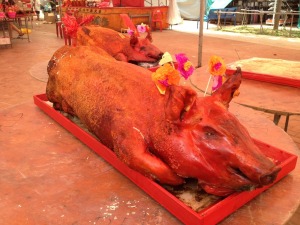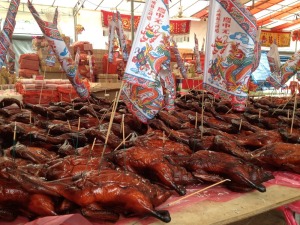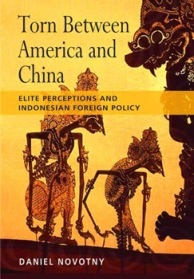“There skin is different…but their shit smells just like ours”
On of my all time favorite documentaries is First Contact (1983), first part of the The Highlands Trilogy by Bob Connolly and Robin Anderson. The trilogy is set in the Papua New Guinea Highlands and shot over ten years, First Contact (1983), followed by Joe Leahy’s Neighbors (1989) and Black Harvest (1992). In First Contact Australian miners recall the first trek into the New Guinea highlands and the first contact between white people and the estimated one million Papua New Guinea highlanders.
Almost 25 years after filming Black Harvest (1992) Bob Connolly returned to the Papua New Guinea Highlands and caught up with the key characters from his award winning documentaries. Watch via ABC Australia an introduction, then a fuller episode via Foreign Correspondent. If you like what you read and see, let me know and I will send you a copy of the trilogy.
DER Documentary writes that First Contact: ” [is] the classic film of cultural confrontation that is as compelling today as when it was first released over 20 years ago.
When Columbus and Cortez ventured into the New World there was no camera to record the drama of this first encounter. But, in 1930, when the Leahy brothers penetrated the interior of New Guinea in search of gold, they carried a movie camera. Thus they captured on film their unexpected confrontation with thousands of Stone Age people who had no concept of human life beyond their valleys. This amazing footage forms the basis ofFirst Contact.
Continue reading The Highlands Trilogy – return to the PNG Highlands after 25 years










